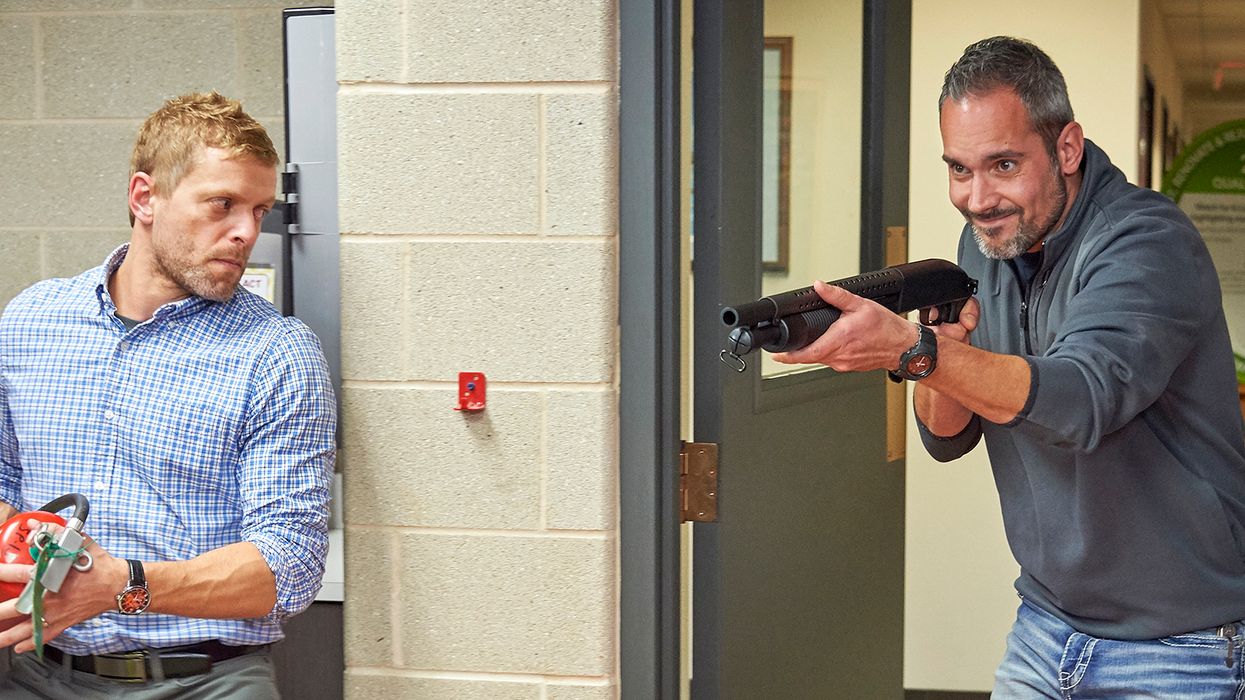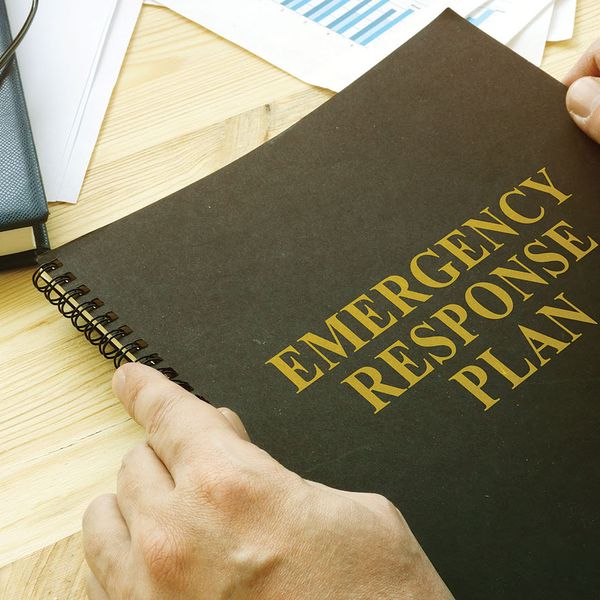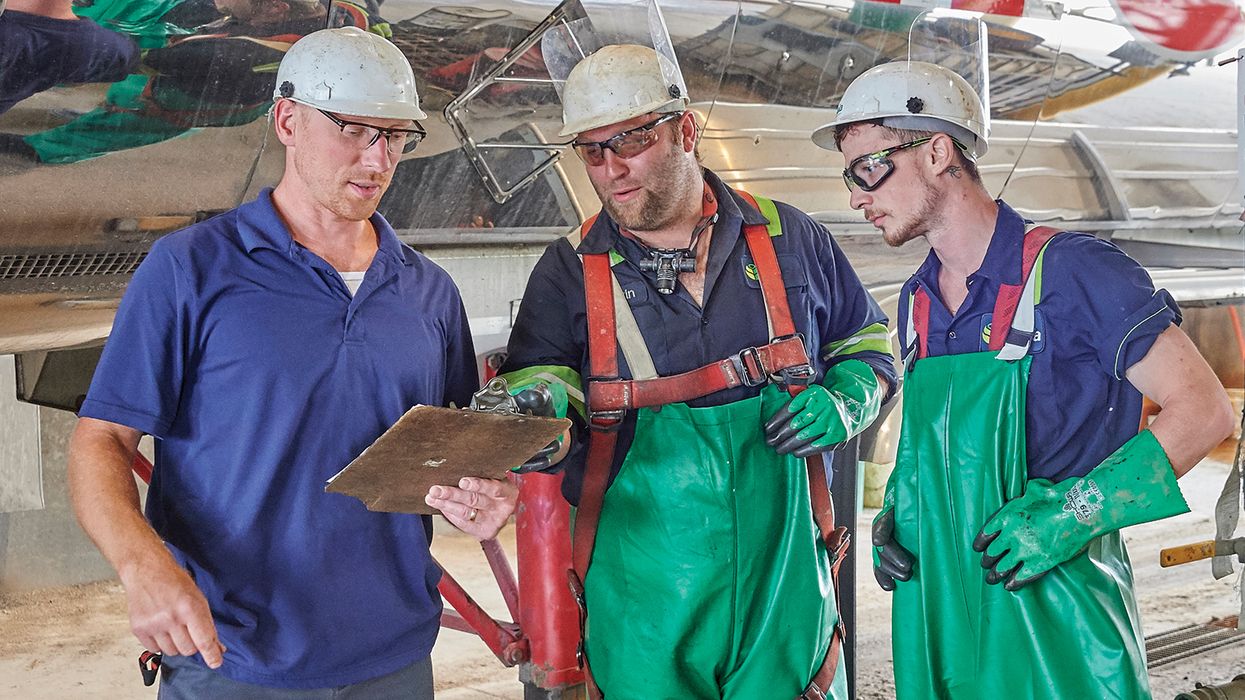Educational Institutions: Are You Prepared for Active Shooter Threats?
Did you hear that? It sounded like a gunshot. Unfortunately, these chilling words have become all too common in recent years. According to an FBI study, between 2000 and 2019, there were 62 active shooter events in educational institutions, resulting in 419 casualties. To prevent these institutions from becoming another statistic, leaders must shift their mindset to be prepared for when, not if, such a tragedy could occur.
What can you do to prepare?
Being prepared is crucial to responding in any emergency situation, and active shooter safety is at the top part of the list. Here are some key points to consider ensuring your organization is prepared:
- Emergency action plan (EAP): Develop an EAP that includes procedures for lockdowns, evacuations, and communication during an active shooter event. This plan should be regularly reviewed and updated.
- Training and drills: Conduct regular training sessions and drills for students, teachers, and staff to ensure everyone knows how to respond during an active shooter situation. This includes practicing lockdown procedures, evacuation routes, and communication protocols.
- Behavioral indicators: Educate staff and students on recognizing behaviors that may indicate a potential threat. This includes understanding pre-incident indicators and characteristics of active shooters.
- Communication systems: Implement reliable communication systems to quickly alert everyone in the school about an active shooter situation. This can include intercom systems, text alerts, and other emergency notification systems.
- Coordination with law enforcement: Establish a strong relationship with local law enforcement and first responders. Conduct joint training exercises and ensure that law enforcement is familiar with the school's layout and emergency plans.
- Physical security measures: Enhance physical security measures, such as secure entry points, surveillance cameras, and access control systems, to prevent unauthorized access to the school.
- Post-incident support: Develop plans to provide support and counseling for students, staff, and families affected by an active shooter incident. This includes mental health resources and assistance with recovery.
What tools are available to assist?
Good news is there are many resources available to guide organizations in their overall preparedness. Here are some additional sources and resources for active shooter preparedness in schools:
- SchoolSafety.gov: This official U.S. government website offers a comprehensive set of courses, materials, and workshops to help schools prepare for active shooter situations. It covers pre-incident indicators, potential attack methods, and how to develop emergency action plans.
- FBI's active shooter safety resources: The FBI offers training and resources, such as the Active Shooter Attack Prevention and Preparedness (ASAPP) training, which combines lessons learned from years of research and employs scenario-based exercises. They also provide a quick reference guide and training videos demonstrating the Run, Hide, Fight principles.
- Department of Homeland Security (DHS): DHS provides resources organized according to relevant FEMA Mission Areas, including active shooter incidents, civil unrest, and soft target/crowded places.
- Cybersecurity and Infrastructure Security Agency (CISA): CISA provides training and resources for active shooter preparedness, including tips for recognizing signs of potential workplace violence and creating an emergency action plan.
- Local authorities: Collaborate with local police departments and fire departments. They can provide training, conduct drills, and offer guidance on developing effective emergency action plans.
- Emergency management agencies: Work with your local emergency management agency to integrate school plans with community and regional emergency preparedness and response plans.
- Mental health services: Partner with local mental health professionals and organizations to provide support and identify potential threats early. They can also offer training on recognizing signs of distress in students and staff.
- Community organizations: Engage with community groups, such as neighborhood watch programs, parent-teacher associations, and local businesses, to create a network of support and resources.
Key to remember: To keep educational institutions safe from active shooter threats, leaders need to be proactive. This means having emergency plans, regular training, and working closely with law enforcement. Being prepared can save lives.































































